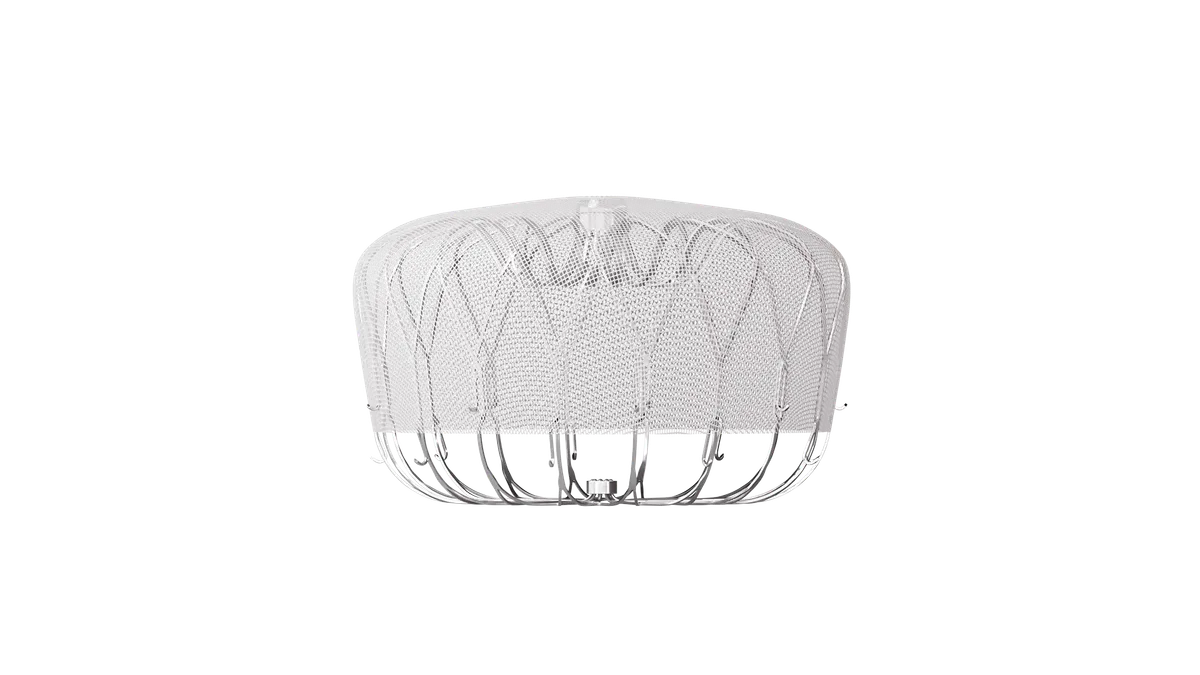Dive Brief:
- Boston Scientific’s Watchman FLX is associated with fewer major adverse events and higher rates of success than its predecessor, according to an analysis of registry data by researchers at Yale School of Medicine.
- The study looked at 27,000 recipients of Boston Scientific’s first-generation left atrial appendage closure device Watchman 2.5, and the same number of recipients of its successor Watchman FLX. The rate of major in-hospital adverse events was 1.35% in the FLX arm and 2.4% in the Watchman 2.5 cohort.
- The complication rate provides further evidence that the safety profile of Watchman FLX will be key for Boston Scientific as it seeks to fend off competition from Abbott Laboratories' rival Amulet device, which analysts estimate will win about one-fifth of the market by 2023.
Dive Insight:
Last year's approval of Abbott’s Amulet ended Boston Scientific’s monopoly of the left atrial appendage closure market. With physicians having an alternative to Watchman, a sales growth driver for Boston Scientific, the medtech company needs data to convince users to stick with its product.
Abbott showed Amulet had an edge over Watchman 2.5 last year, although data from a trial that pitted it against the FLX device were less conclusive.
Now, researchers from Yale have presented data showing why FLX may provide a tougher test for Amulet than Watchman 2.5.
The analysis, which was partly funded by Boston Scientific, used data from 611 sites in the National Cardiovascular Data Registry Left Atrial Appendage Occlusion Registry that had implanted at least one Watchman FLX device. For each site, the researchers included an identical number of patients who received Watchman 2.5.
The rate of major in-hospital adverse events, the study’s primary endpoint, was lower in the Watchman FLX cohort, reflecting fewer cases of all the tracked events. The rates of death in the Watchman 2.5 and FLX cohorts were 0.21% and 0.12%, respectively. Similarly, 1.08% of recipients of Watchman FLX suffered from major bleeds, compared to 2.05% of their counterparts in the Watchman 2.5 group.
Bleeding was one area in which Watchman FLX had an advantage over Amulet in the small head-to-head clinical trial that reported results last year. The bleeding rate in the Amulet arm was 7.2% versus 1.8% in the Watchman FLX cohort, although the difference may partly reflect physicians’ greater familiarity with the Boston Scientific device.
Back in the registry study, the Yale researchers associated Watchman FLX with higher rates of implant, device and procedural success than its predecessor.
The researchers defined procedural success as the device being deployed and released without a residual leak of 5mm or more or any in-hospital major adverse events. The procedural success rate was 96.1% in the Watchman FLX cohort, versus 94.6% in the patients who received the older device.










